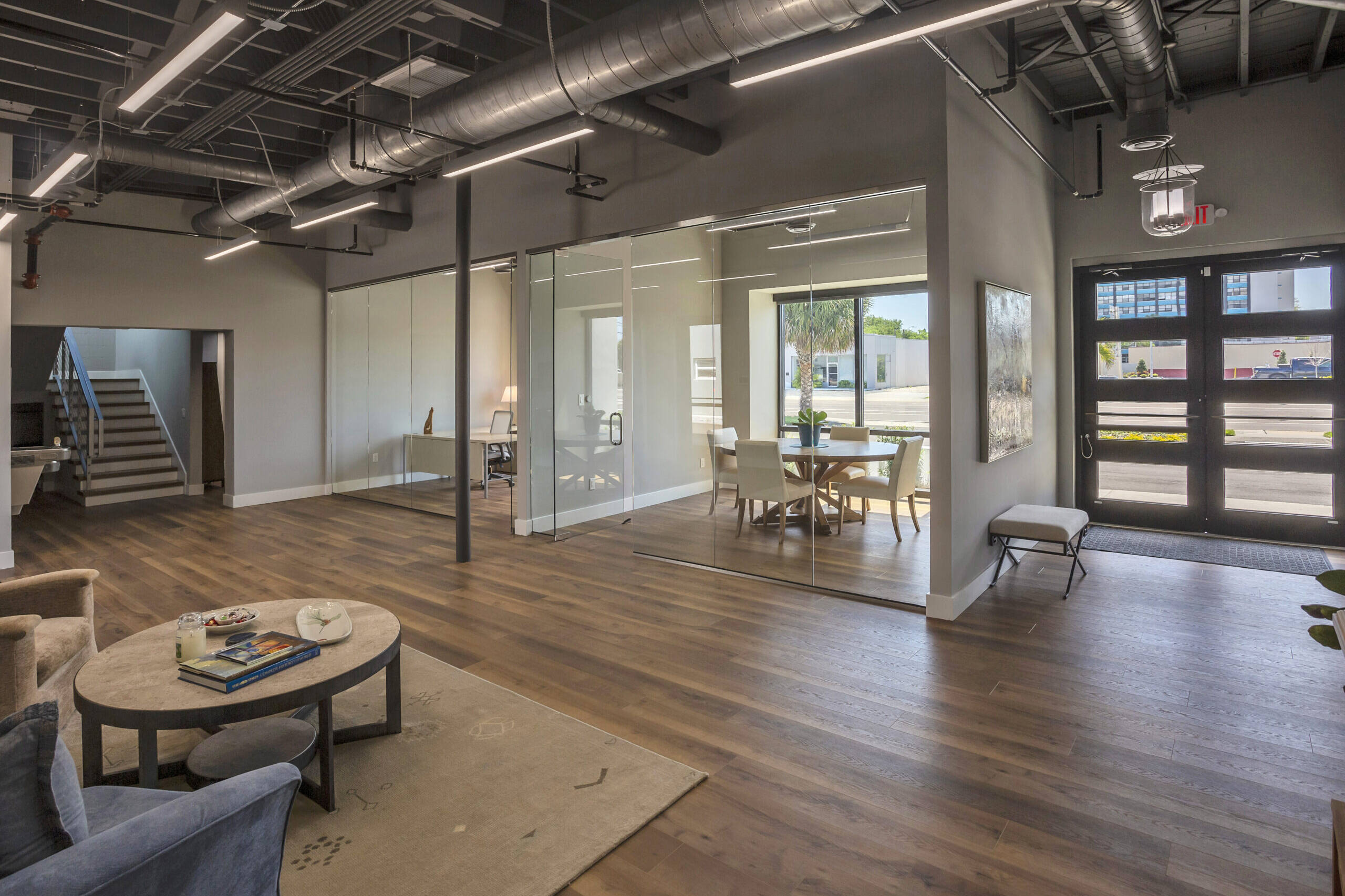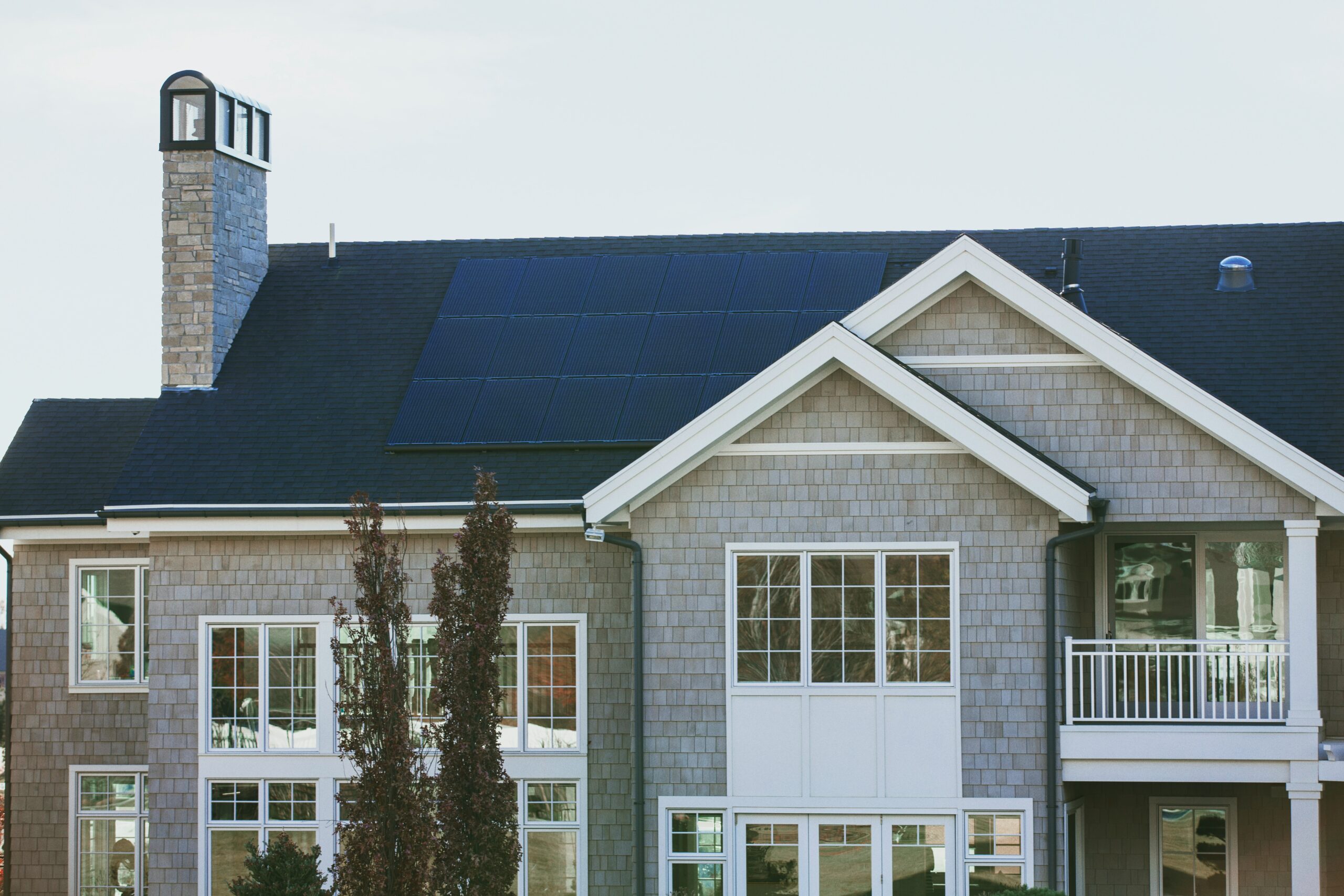Chapter 2: Retrofitting and Property Value – The Business Case
While the previous chapter established the critical role of retrofitting in sustainability, this chapter delves into the financial benefits it brings to the table. The modern narrative of sustainability advocates that what is good for the planet can also be good for your wallet, and retrofitting is a compelling example of this principle.
Remember the commercial building we discussed in the introduction? Here’s a reminder: we used it to demonstrate how a $500,000 retrofit that results in $50,000 annual savings could increase the property value by over $800,000. This is not a hypothetical scenario; countless property owners have experienced similar returns on their retrofit investments.
The concept behind this is simple: lowering the operating expenses of a property boosts its Net Operating Income (NOI), a key determinant of property value. This increase in NOI can significantly boost the building’s value in an industry where profit margins can be slim.
But increased NOI isn’t the only way retrofitting can enhance property value. Sustainable buildings often enjoy higher occupancy rates and can command higher rents, thanks to commercial and residential tenants’ growing demand for green spaces. A recent study found that LEED and Energy Star-certified buildings had an average 3.7% higher occupancy rate than their conventional counterparts.
In addition to these direct financial benefits, retrofitting can also reduce the risk of future expenses. Retrofitting can mitigate the risk of obsolescence as expectations for energy efficiency continue to rise. Additionally, buildings that meet modern sustainability standards are less likely to require costly updates to comply with future environmental regulations.
Retrofitting isn’t a cost; it’s an investment that can pay significant dividends. In the next chapter, we’ll guide you through the steps you need to take to plan a successful retrofit.
Further information to explore:
- Definition of Net Operating Income (NOI): Navigating NOI can be tricky. For a clear breakdown, check out Investopedia’s comprehensive guide: https://www.investopedia.com/terms/n/noi.asp
- Rent premium for green buildings: The Dodge Green Data Center Index confirms the 3.7% higher occupancy rate for LEED and Energy Star-certified buildings: https://www.construction.com/reports/commitment-to-green-building-growing-globally/
- Future energy efficiency regulations: Proactive retrofitting can mitigate future compliance costs. Stay informed with the Department of Energy’s updates: https://www.energy.gov/eere/buildings/standards-and-test-procedures
Greg Totten
CGC 1529916 · LEED AP BD+C
(727)-386-9480
Share
Related Posts
February 21, 2024
Shaping the Future with Retrofitting Innovations
Chapter 6: Shaping the Future with Retrofitting Innovations
February 11, 2024
Navigating the Challenges of Retrofitting: From Planning to Execution
Chapter 5: Navigating the Challenges of Retrofitting: From Planning to…




